In the captivating realm of art, movement isn’t just about physical motion; it’s a dynamic concept that breathes life into still images.
Unlike the fluidity of video or the kinetic energy of performance art, visual movement in artworks requires clever techniques to convey the illusion of motion.
By employing these techniques, they invite us to experience the sensation of movement within the confines of a static canvas or sculpture.
Let’s delve deeper into this fascinating aspect of art, exploring its definition, notable examples in masterpieces, and the four fundamental types of movement artists employ to captivate our imaginations.
What is Movement in Art?
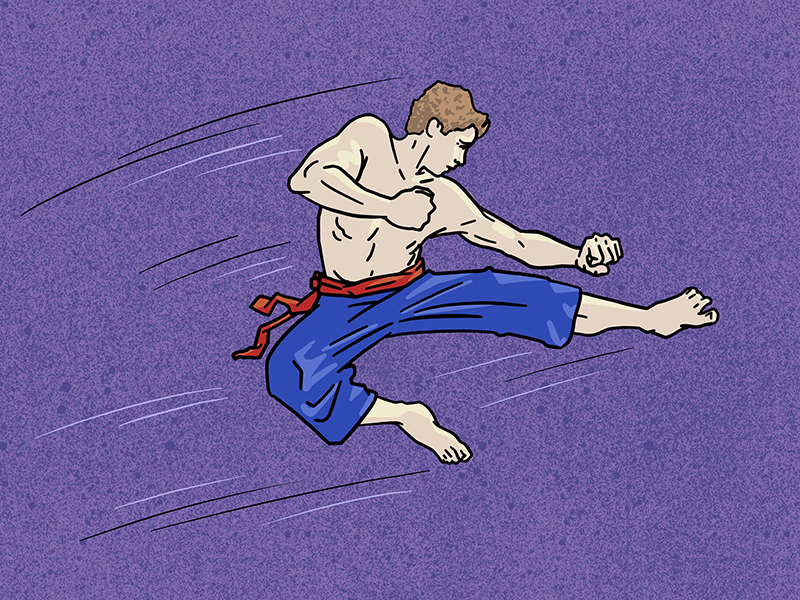
Movement in art is like a magician’s trick that makes a picture seem alive, as if it’s dancing or flowing.
Think of it as the artist’s way of playing with your eyes, making them wander around the artwork. But here’s the catch: the picture isn’t actually moving—it’s all a clever illusion!
When you look at a piece of art, movement is what makes your eyes travel from one part to another. It’s like following a trail of breadcrumbs through a forest of colors and shapes.
But here’s the thing: since paintings and sculptures can’t move on their own, artists have to use tricks to make them seem lively.
They do this by arranging shapes, lines, and colors in clever ways that suggest motion. It’s like they’re leaving breadcrumbs for your eyes to follow, creating a story without words.
So, when you look at a painting or sculpture and feel like it’s coming to life before your eyes, that’s the magic of movement in art.
It’s the artist’s way of inviting you to step into their world and let your imagination take flight.
7 Principles of Art
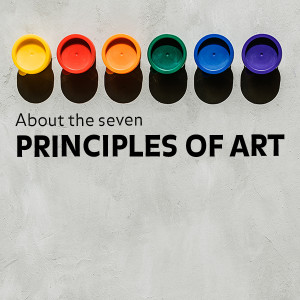
Movement is one of the principles of art, not elements of art. You can learn about each principle of art and element of art in the linked articles below:
- Balance
- Contrast and Emphasis
- Movement and Rhythm (we are reading about Movement now!)
- Unity and Variety
- Harmony
- Pattern
- Proportions and Scale
7 Elements of Art
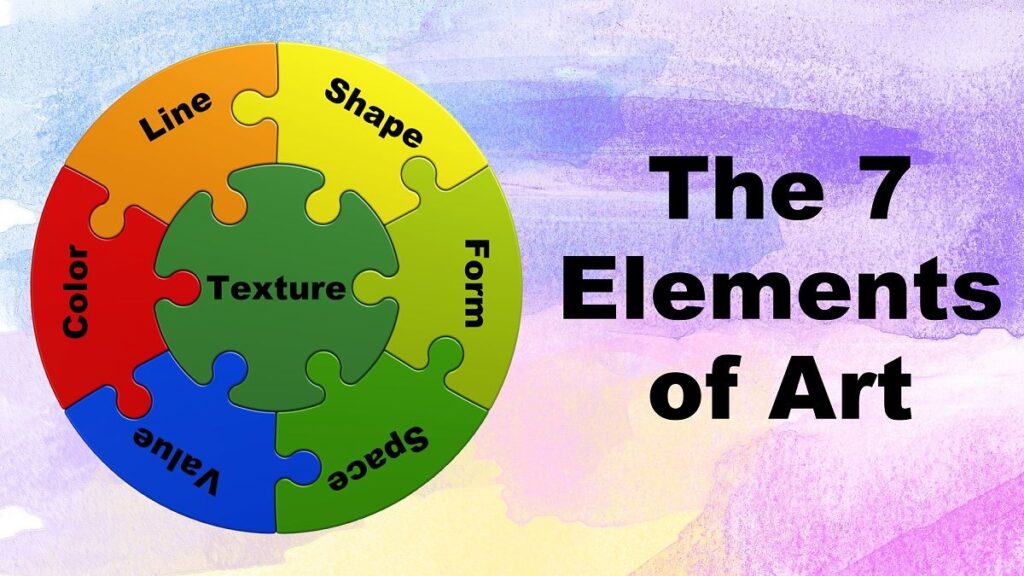
4 Types of Movement in Art
There are 4 types of visual movement in art: physical movement, implied movement, rhythmic movement and optical movement.
Physical Movement
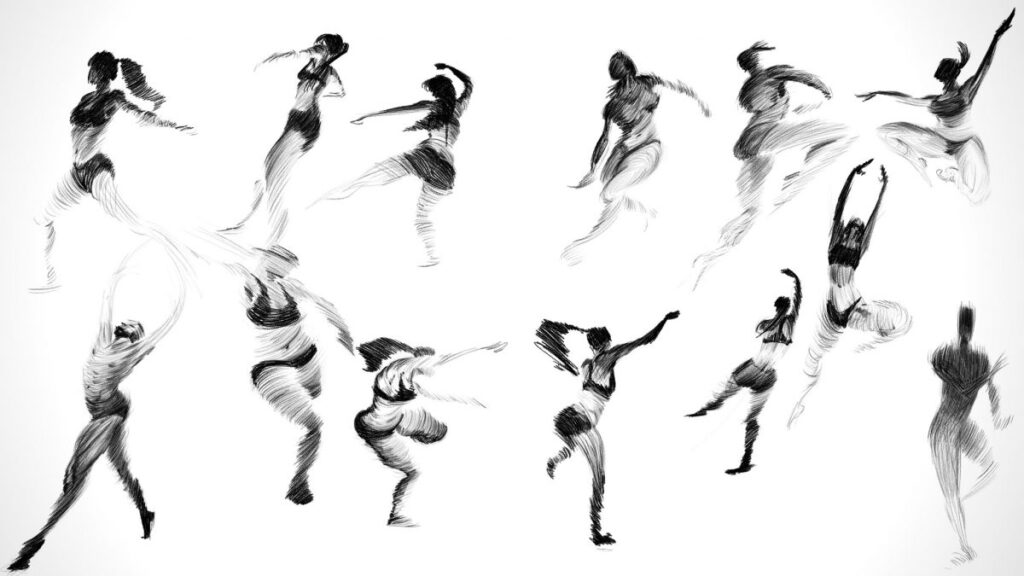
Physical movement in art involves depicting motion within a picture. Artists achieve this by using various elements like lines, shapes, and colors.
For instance, zigzag or spiral lines can create a sense of literal movement, making objects appear as if they’re in motion. Alternatively, abstract movement is conveyed through contrasting shapes and colors, adding a feeling of energy and dynamism to the artwork.
One common technique is drawing lines emanating from moving objects or duplicating their moving parts. Think of action-packed comics where characters are depicted in dynamic poses with varying line thickness to convey specific actions.
So, physical movement in art isn’t just about capturing still moments but about making the viewer feel the energy and motion within the artwork itself.
Implied Movement
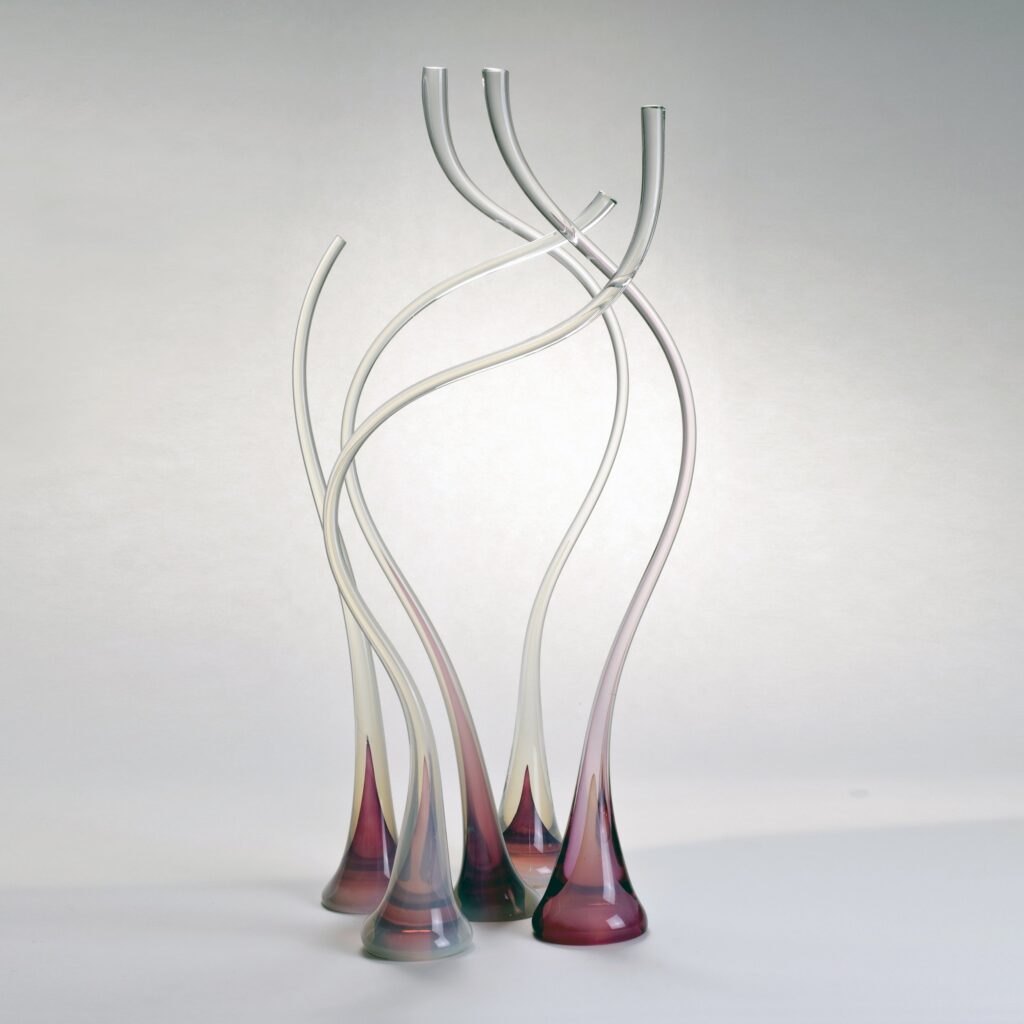
Implied movement in art isn’t about showing something moving right before your eyes. It’s more like dropping hints that make you feel like something’s moving, even though it’s actually just a still picture.
Artists use different tricks to imply movement. They might play with lines, shapes, colors, or even how things are arranged in the picture. It’s a bit like creating an illusion of movement without anything actually moving.
For example, in John Singer Sargent’s painting “El Jaleo,” you see a Spanish dancer in a pose that feels like it’s just a snapshot of a bigger dance. You can imagine the dancer moving before and after this frozen moment, and that’s what makes it feel so alive, even though it’s just a painting.
Rhythmic Movement

Rhythmic movement in art is like a visual dance, where artists use patterns of shapes, colors, or lines to create a sense of flow in their artwork.
Just as you might move your body to the rhythm of a song, artists repeat elements like shapes or colors to suggest movement and keep the viewer engaged.
There are different kinds of rhythmic movement:
- Regular rhythm: This is like a steady beat, where elements repeat at consistent intervals.
- Flowing rhythm: Here, elements move smoothly from one to another, creating a sense of continuous motion.
- Progressive rhythm: This is about gradual change or growth in the elements, creating a sense of advancement or development.
- Alternating rhythm: Elements switch back and forth in a regular pattern, creating a dynamic visual effect.
- Random rhythm: Elements are arranged in a seemingly unpredictable way, adding energy and unpredictability to the artwork.
You can find many examples of rhythmic movement in abstract art and the works of futurist artists. For instance, Henri Matisse’s painting “The Dance” shows figures arranged in a circular motion, suggesting a rhythmic dance.
Optical Movement
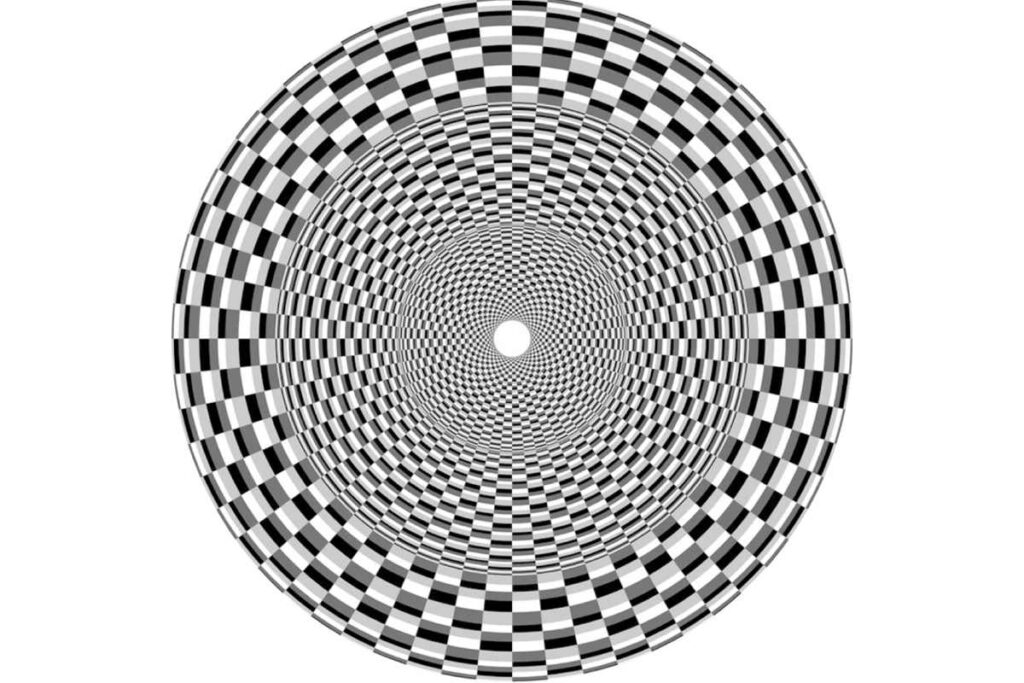
Optical movement in art is like magic for your eyes!
Artists use tricks like contrast, shapes, patterns, and colors to make still pictures seem like they’re dancing or pulsing. Imagine looking at a painting and feeling like it’s alive and moving, even though it’s not!
One cool way they do this is by using colors that are really different from each other. When these colors are close together, your eyes start buzzing with energy, creating a sort of visual vibration.
Back in the middle of the 1900s, some artists got super into this optical movement thing. They went all out and made a whole art style called Op Art.
Two big names in this movement were Victor Vasarely and Bridget Riley. They’re like the pioneers of making art that messes with your mind in the best way possible!
Ways to Achieve Movement in Art

There are many ways artists use to achieve movement in artwork using art elements and principles. Many artists get creative with the task and experiment with different techniques and methods.
Let’s look at some of these:
Color
Movement in art can be achieved through the clever use of color.
Think about how colors interact with each other. Artists play with contrasting hues, like putting red next to green or yellow next to purple, to make your eyes dance across the canvas.
They also use light and dark colors to create depth and movement. Analogous colors, those next to each other on the color wheel, can create a smooth transition from one area to another, giving the illusion of movement or a sense of flow.
And don’t forget about bold colors! When artists use strong, contrasting colors, it’s like they’re adding a burst of energy to their work. It grabs your attention and makes the painting feel alive, almost like it’s moving right in front of you.
Lines
Movement in art can be achieved through various techniques, and one effective method is using lines. Artists utilize two main types of lines to convey movement: physical lines and implied lines.
Physical lines, like those found in comics or illustrations, directly guide the viewer’s eye along a specific path. These lines can be solid, dotted, or dashed, and they create a sense of movement by visually leading the viewer from one point to another.
Implied lines, on the other hand, suggest movement without being explicitly drawn. For instance, perspective lines in a drawing or painting can create the illusion of depth and motion, guiding the viewer’s gaze throughout the composition.
An iconic example of movement achieved through lines is Vincent van Gogh’s masterpiece “Starry Night.” In this painting, swirling and curving lines dominate the depiction of the night sky and the landscape. These dynamic lines convey a sense of energy and motion, pulling the viewer into the scene and creating a captivating visual experience.
Brushwork
In art, movement can be achieved through various techniques.
One way is through brushwork. Imagine you’re painting with a brush. If you use loose, sweeping strokes, it gives a feeling of movement and spontaneity to your artwork. It’s like the brush is dancing across the canvas.
On the flip side, if you use tighter, controlled brushwork, it can make your painting seem still and orderly, like everything is frozen in time.
The length of your brushstrokes also matters. Longer strokes give a sense of flowing movement, like a gentle breeze or a flowing river. Shorter strokes, on the other hand, create a more jumpy, interrupted feeling, like the beat of a fast-paced song.
The direction of your brushstrokes is important too. They can guide the viewer’s eyes around your artwork, leading them to different focal points and creating a sense of movement across the canvas.
So, by playing with your brushwork, you can bring your artwork to life with movement and energy.
Texture
In art, movement can be achieved in various ways, and texture is one powerful tool for doing so.
Texture refers to the surface quality of an object or artwork, and it can create a sense of movement through its intensity, direction, or style.
Imagine a painting of a river. If the artist uses rough, swirling textures on certain parts of the water, it gives the impression that the water is moving, flowing along its course.
Similarly, if you look at a painting of a dancer, the rough and blurry textures at the edges of her dress can make it seem like the cloth is swaying and flowing as she moves and dances gracefully.
Scale, Proportion and Placement
To create movement in art, artists can play around with three main things: scale, proportion, and placement.
Scale means the size of objects in relation to each other. If an artist makes one thing much bigger or smaller than usual, it can make it seem like it’s moving towards or away from you.
Proportion is about how the parts of something relate to the whole. By changing the proportions of objects, like making a person’s legs longer or shorter, an artist can make it look like they’re moving in a certain way.
Placement is where things are put in the artwork. If something looks like it’s off balance or tilted, it can make it seem like it’s in motion.
For example, if a vase looks like it’s about to fall over, or if an animal’s legs are off the ground and its body is leaning forward, it can give the feeling that they’re moving or running.
So, by playing with these three things, artists can make their artwork feel alive and full of motion, even though it’s just a still picture.
Composition
In art, movement can be achieved through various methods.
One way is through composition, which is how artists arrange different elements within their artwork. By strategically placing elements, artists can create a sense of motion for the viewer.
Through careful composition, artists can bring their artwork to life and make it feel dynamic and engaging.
FAQ’s:
What is an Example of Movement in Art?
The best example of an art movement could be witnessed through Vincent Van Gogh’s painting, The Starry Night.
What is the Principle of Movement?
The way the artist creates art, including the designs, gives artists the ability to lead a viewer’s eyes around an art piece.
When was the Art Movement Started?
The art movement took place in France during the 19th century.
What was the First Art Movement?
Prehistoric, ancient classical, and medieval art were the first art movements.
Conclusion
In the realm of art, movement is the enchanting thread that weaves through still images, breathing vitality into every stroke and sculpture.
From physical movement, where dynamic poses and zigzag lines evoke action, to implied movement, where hints spark the imagination, artists wield techniques to play with our perceptions.
Rhythmic movement sweeps us into a visual symphony, while optical movement enchants our eyes with magical vibrancy. Through color, lines, and texture, artists orchestrate a symphony of movement, inviting us to join them in their world of creative expression.
In this dance of creativity, movement transcends boundaries, transforming the static into the sublime, and reminding us that true beauty lies in the art of motion.

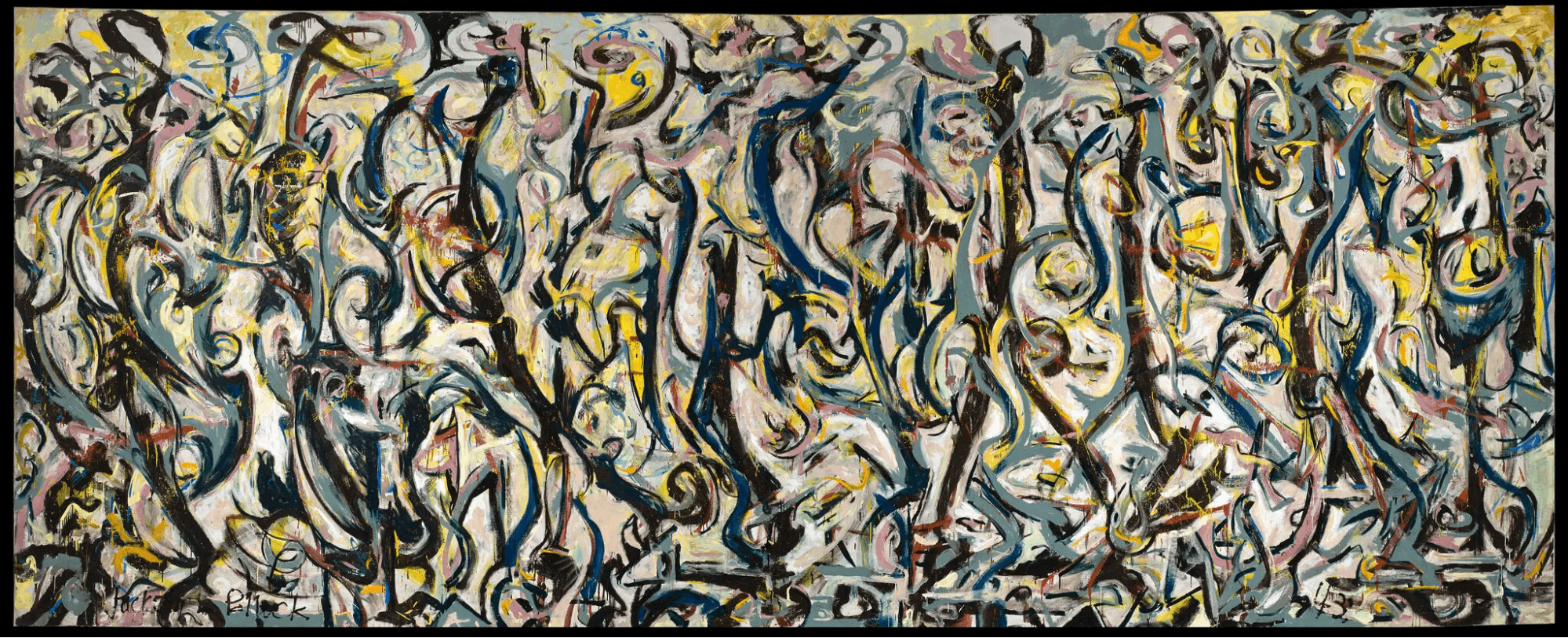
Leave a Reply